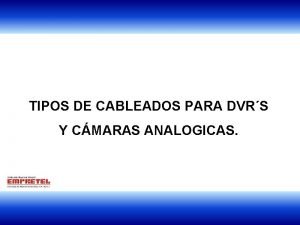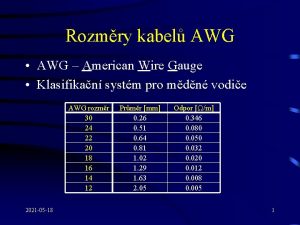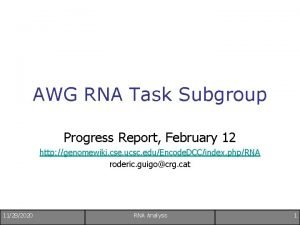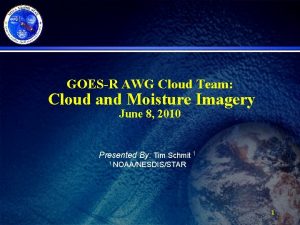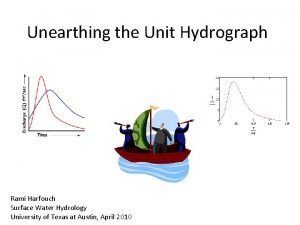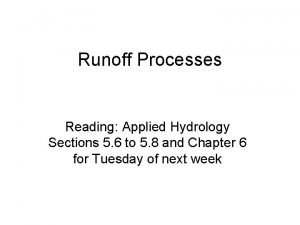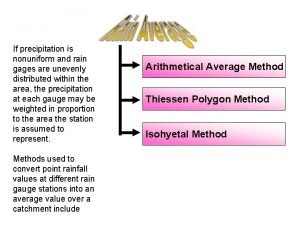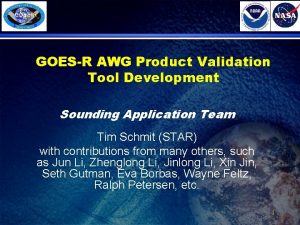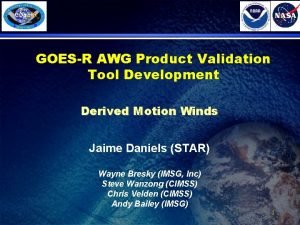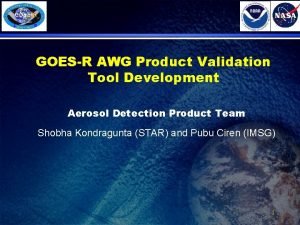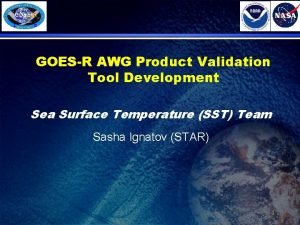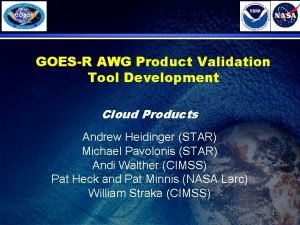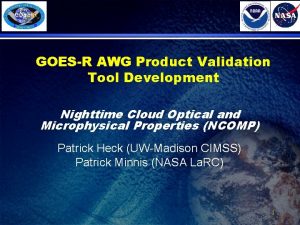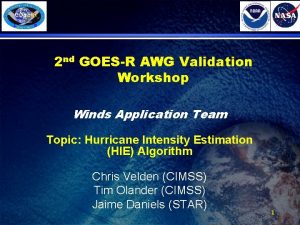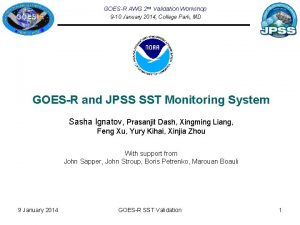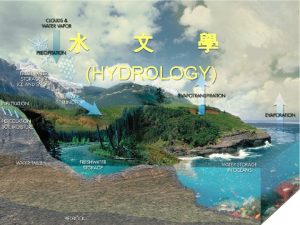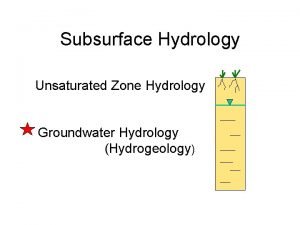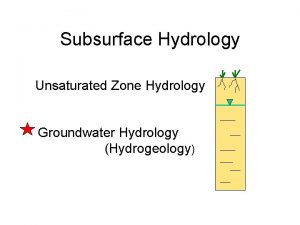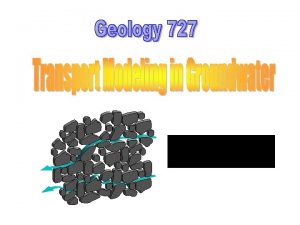GOESR AWG Product Validation Tool Development Hydrology Application













- Slides: 13

GOES-R AWG Product Validation Tool Development Hydrology Application Team Bob Kuligowski (STAR) 1

Outline • Products • Validation Strategies • Routine Validation Tools • “Deep-Dive” Validation Tools • Ideas for the Further Enhancement and Utility of Validation Tools • Summary 2

Products • Rainfall Rate / QPE – 4 -km resolution – every 15 min – FD equatorward of 60° and with a LZA<70° 3

Validation Strategies: Overview • Twofold validation strategy: – Determine performance of the algorithm against spec – Identify systematic biases / weaknesses in the algorithm • Ground validation datasets: Sample TRMM rain rates for a 24 -h period – TRMM Precipitation Radar (35ºS-35ºN) from NASA – Nimrod radar composite (western Europe) from the British Atmospheric Data Centre Sample Nimrod 3 -h accumulation 4

Validation Strategies • Routine validation tools: – Time series of accuracy and precision • Is the algorithm meeting spec on a consistent basis? • Are there any trends in performance that might need to be addressed even if the algorithm is still meeting spec at this time? – Spatial plots of rainfall rates vs. ground validation • Are the rainfall rate fields physically reasonable? • Do the rainfall rate fields compare reasonably well with ground truth? – Scatterplots vs. ground validation • Are there any anomalous features in the scatterplots that could indicate errors not revealed by the spatial plots? 5

Validation Strategies • Deep-dive validation tools: – Comparing calibration MW data with ground truth • How much of the error is due to the calibration data rather than the calibration process? – Divide data by algorithm class and analyze • Are errors in the algorithm associated with a particular geographic region or cloud type? – Spatially distributed statistics • Does the algorithm display any spatial biases (e. g. , latitudinal, land vs. ocean) that need to be addressed? – Analyze the rainfall rate equations for particular cases • Are there particular predictors or calibration equations associated with errors? 6

Routine Validation Tools • Capabilities: – Match Rainfall Rate with ground data (TRMM and Nimrod radar pre-launch; GPM and Stage IV / MPE post-launch) – Compute accuracy, precision – Compute basic validation statistics (volume bias, correlation, and threshold-dependent POD, FAR, area bias, and HSS) – Create joint distribution files 7

Routine Validation Tools • Use Gr. ADS for all visualization: – Spatial plots of Rainfall Rate and ground-truth data – Plots of POD, FAR, area bias, and HSS vs. threshold – Rainfall Rate / ground-truth data joint distribution 8

“Deep-Dive” Validation Tools • Capabilities: – Match Rainfall Rate with ground data (TRMM and Nimrod radar pre-launch; GPM and Stage IV / MPE post-launch) – Match calibration MW rainfall rates with ground data – Divide matched Rainfall Rate and ground data by algorithm class – Divide matched Rainfall Rate and ground data by location – Compute performance statistics by algorithm class and location – Extract rain/no rain and rate equations and distribution adjustment LUTs 9

“Deep-Dive” Validation Tools • Use Gr. ADS for all visualization: – Spatial plots and joint distribution plots of both calibration MW rain rates and of GOES-R Rainfall Rates vs. ground data – Spatial plots of performance statistics 10

“Deep-Dive” Validation Tools • Use Gr. ADS for all visualization: – 2 -D plots of rain/no rain and rate values as a function of predictor values – Spatial plots of the training data (predictors & targets) 11

Ideas for the Further Enhancement and Utility of Validation Tools • A handy tool would be a GUI that would allow the user to select a portion of a Rainfall Rate field and automatically create regional plots of: – Performance statistics vs. ground validation and available calibration data – Joint distribution – Predictor fields – Rain / no rain and rain rate equations and distribution adjustment LUTs – etc. 12

Summary • The GOES-R Rainfall Rate algorithm will be validated against TRMM and Nimrod radar prelaunch and GPM and Stage IV / MPE post-launch • Validation will focus on evaluating performance and identifying areas for potential improvement – Routine validation will focus on the former using time series of statistics, spatial plots and joint distribution plots – Deep-dive validation will focus on the latter by examining the predictor and target data along with the calibration to determine the reasons for any anomalies in performance 13

